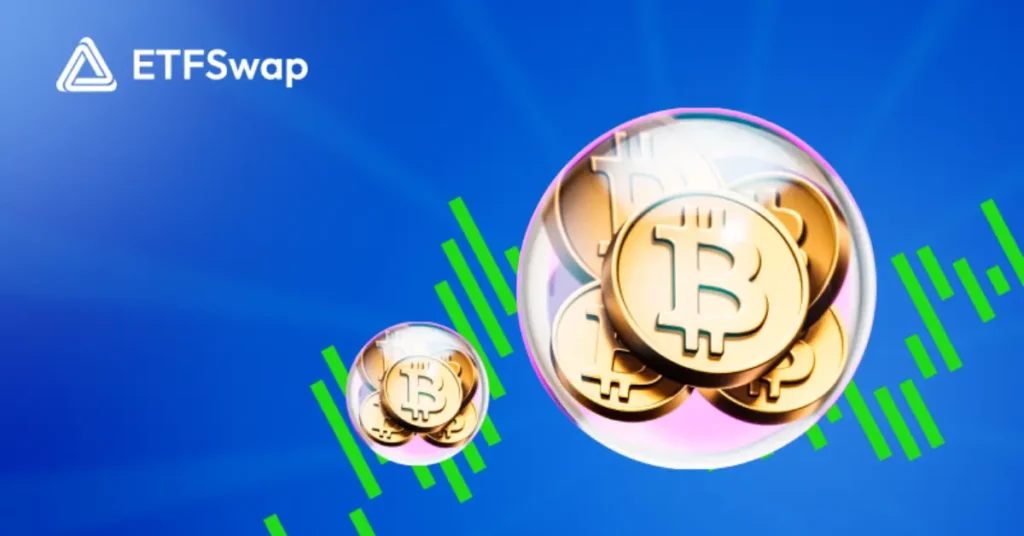The rise of Web3 has ushered in a new era of digital ownership and peer-to-peer interaction. At the forefront of this revolution stand decentralized exchanges (DEXs), platforms facilitating the exchange of cryptocurrencies without the need for centralized intermediaries. Unlike their traditional counterparts, DEXs operate on blockchain technology, empowering users with unprecedented control, transparency, and accessibility in the crypto trading landscape.

- Order book DEXs: These resemble traditional exchanges, with buyers and sellers placing bids and asks, creating a public order book. When orders match, the trade happens instantaneously, facilitated by the smart contract. Think of it as a digital version of the bustling trading floor, minus the human element.
- Automated Market Makers (AMMs): These leverage liquidity pools, where users deposit their tokens to earn fees. When someone wants to trade, they swap their tokens against the pool, and a complex algorithm automatically adjusts the price based on supply and demand. AMMs offer instant liquidity even for new or illiquid tokens, making them ideal for exploring emerging projects.
- Decentralization means that no single entity controls the platform, reducing the possibility of centralized failures or market manipulation. Power is in the hands of the users.
- Transparency: All trades and smart contract codes are visible to the public, encouraging confidence and accountability. Every activity is broadcast to the entire globe.
- Security: You maintain custody of your funds throughout the trade, stored securely in your own wallet. No more entrusting your assets to a centralized entity.
- Permissionless: Anyone can list their token and start trading, promoting innovation and fostering a vibrant, inclusive market. Barriers to entry are virtually nonexistent.
- Instant liquidity: AMMs provide immediate access to trade even for new or illiquid tokens, removing the barrier of waiting for a matching order.
- Smart contract vulnerabilities: Bugs or exploits in smart contracts can lead to fund loss. While code audits and rigorous testing mitigate this risk, it’s crucial to be mindful of potential vulnerabilities.
- Liquidity risk: Some DEXs may have limited liquidity, especially for niche or new tokens. This can result in slippage, where the final trade price deviates significantly from the desired price.
- Frontrunning: Malicious bots can exploit transaction information to gain an edge over regular traders, potentially impacting your trade execution. Vigilance and understanding market dynamics are key.
- Network congestion: Slow blockchains can lead to high fees and delayed trades. Scalability solutions are actively being developed, but it’s a factor to consider.
- Token risk: Trading unproven or low-quality tokens can be risky. Due diligence and understanding the project’s fundamentals are crucial before diving in.
Disclaimer
FAQ
DeFI stands for decentralized finance, offering open and accessible financial systems built on blockchain technology.
Yield farming involves earning interest by lending or staking cryptocurrencies.
Layer 1 blockchains are the primary networks (e.g., Ethereum), while layer 2 blockchains scale and improve performance on top of them.


